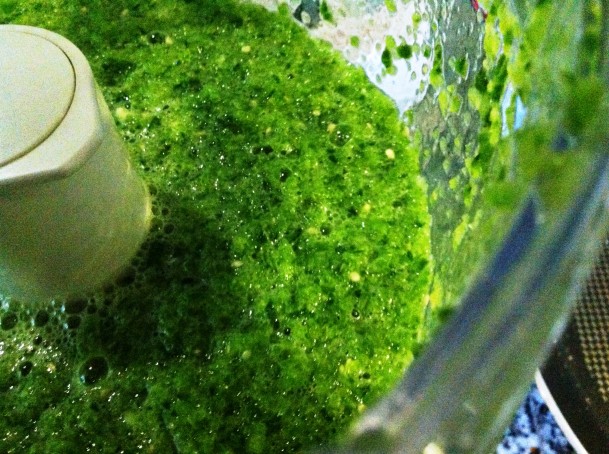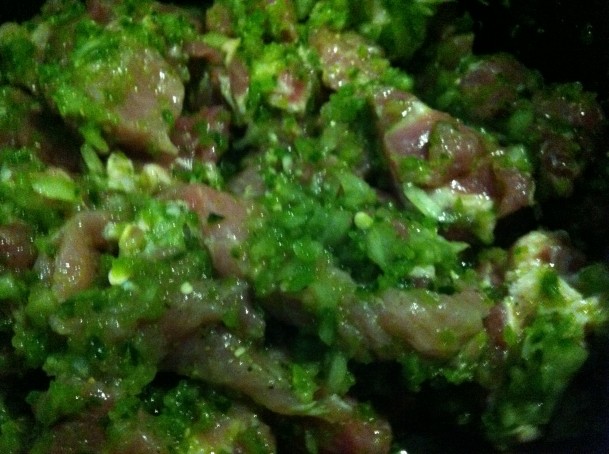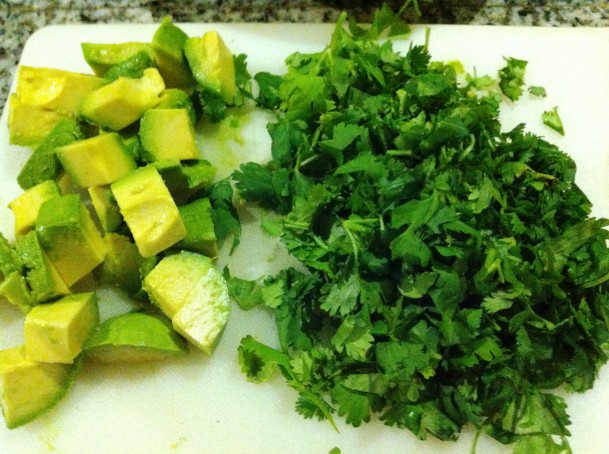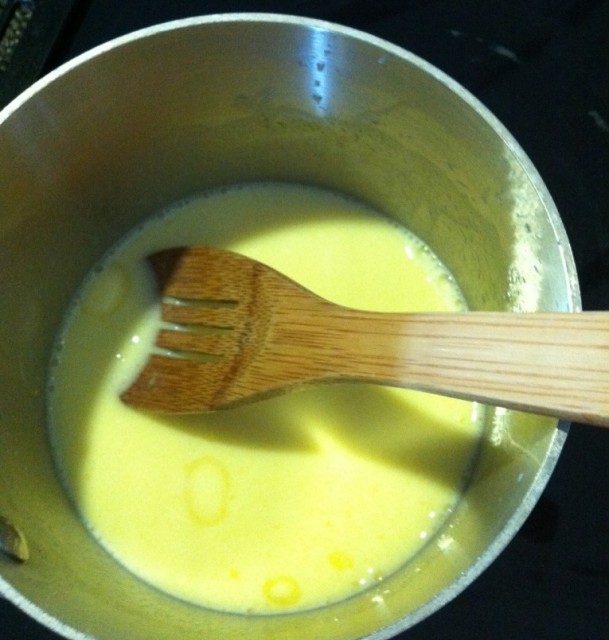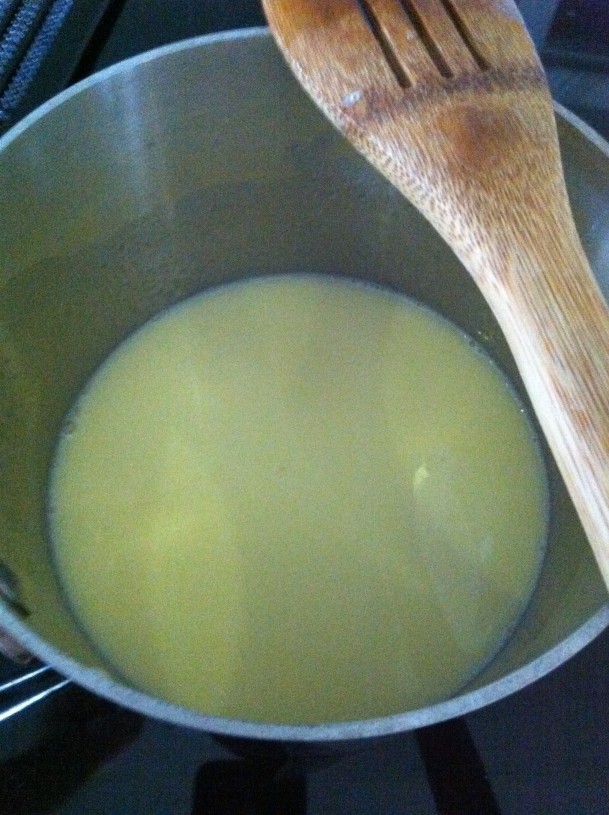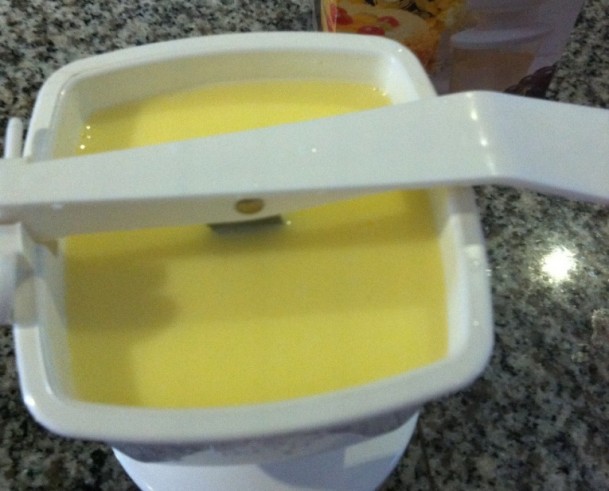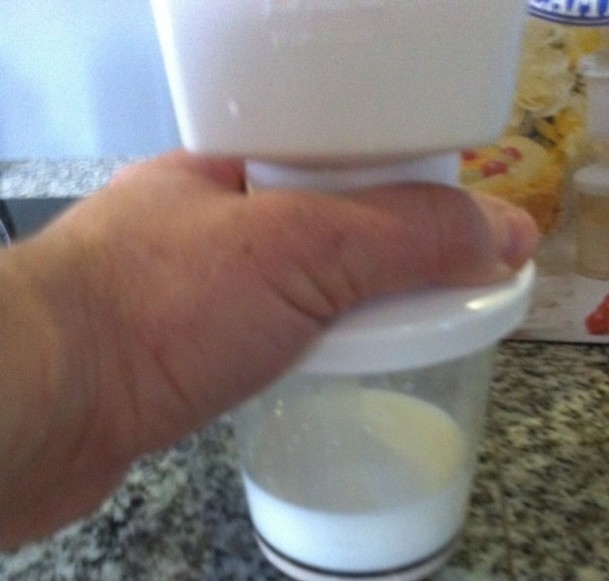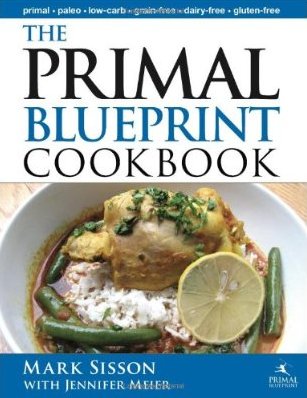Years ago, around 1991-92, religious crazies used to stand on Broadway on Seattle’s Capitol Hill (usually near the corner of Broadway and Olive) and hand out religious tracts. But not the normal, boring religious tracts—these people handed out the mini religious comic books from Jack T. Chick publications. You may be familiar with these little booklets, since people have been leaving them in public restrooms for years. I was always excited to find these people there because these comics were so ridiculous and over-the-top that I wanted to collect them all, despite the fact that I disagreed with them completely and am basically allergic to religion, so much so that I would probably skip your wedding if you told me you were going to hold it in a church. I passed this corner regularly, and eventually I had a fairly sizable collection of these tracts, but usually I kept getting the same few tracts that were specifically targeted at Seattle’s gay community.
In 1992, I moved to Olympia, WA, so I was cut off from my steady supply of free comics. I decided to write a letter to Jack T. Chick publications to see if they would send me a sampler. The whole package was available for $40, I think, which I couldn’t afford, but I thought $10 might get me a pretty good collection. Because I was a sassy young thing, I decided to send my money in with along with a letter, hoping to get a response from Mr. Chick himself. Here is the letter I sent, written in the voice of a semi-literate religious nincompoop:
“Dear Jack T. Chick,
Thank you so much for you’re comic books. They save soles all the time! I give a copy of DOOM TOWN to a boy that works at a Rock and Roll RECORD STORE and now he nose Jesus is Lord of ALL! He quitted his job and is a SAVED MAN because of you.
I want to get som more of your tracks. They are so good. I am now ready to start my new minustry where I will be saving the little teenage heathens that ride around in my town Olympia Washington on skate boards. I no those things are put here by the Devil. Do you have any comics about how skate boarding will send people to HELL? If so I would like a sample. So you can send that to me if you have it.
I am very poor because my minustry only has one member thats me. I am giving $10 to you so I can get some more little comics. Send them in a hurry! Expecially the skate boarding one that I don’t no the name of. I am so afraid one of these cute young boys is going to break his neck before I can Save him with your book. I tell them every day it is just a instrement of SATAN but they don’t listen to me not like your books!
Hurry,
Angus B.
P.S. I no that makeup is a sin for a man to wear but what about hair spray? Does that count? Also moisturizer! I think that’s not good if they put it on their face. I’m not sure about hand lotion. I say it’s OK if it’s Jergen’s but that fancy kind is defenitly BAD FROM SATAN! Am I right?
P.S. #2 What do you think about Billy Clenton? Is he part of the end? Like the Pope? I don’t no anything about it, but I do no something!
Also I wood like to get a sample of This Was Your Life! in Latvian. My church is putting some missionary over there and they told me to ask you about getting some of your affecteve tracks for those heathen. But they want a sample because of nobody in Africa could understand those last ones we bought.
P. S. #3- Do you print any comics in Yiddish? I think we should Save EVERYBODY EVEN IF they don’t deserve it!
Thanks,
AB
I provided the name of my ministry (Disciples in Christ Kleansing Sinful Souls), and signed with the acronym. I was dearly hoping to get a letter from Mr. Chick that began, “Dear D.I.C.K.S.S.”, but, alas, I didn’t get any sort of personal response, just a large packet of tracts along with a catalog and order form.
I still want to know what Jack Chick thinks about hairspray on a man.



